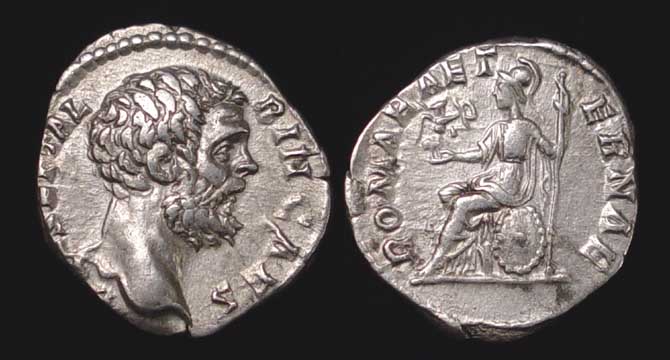Wow, this week just flew by! Anyhoo...
21 April 2006
EXCLUSIVE: WHO DVNNIT?
EXCLUSIVE Forty-nine skeletons, each with its head cut off, have been found in a Roman grave. It's a murder mystery that stretches back nearly 2,000 years and experts are trying to solve the crime and establish...
By Claire Donnelly
IT IS an 1,800-year-old murder mystery that has baffled Britain's finest historians.
More bloody and mysterious than an episode of Waking The Dead, this is a real-life detective story set in Roman Britain.
At its centre are the mutilated, decapitated skeletons of 49 huge men, tossed in a hillside grave after suffering horrible deaths.
Their heads were hacked off with such force, their necks were shorn clean through.
The battered remains all show the signs of the men's desperate attempts to defend themselves -collarbones, shoulder blades, a knee, and a jaw - all slashed to the bone in their struggle to survive.

A Roman building in York
The article goes on to speculate about the reason for the these mens' murders:
Beheading was used as a punishment in the Roman world -belief that the soul resided in the head made it particularly terrifying - but it was not usually used on worthy Romans like these legionaries.
One explanation was that the men were errant soldiers who faced a Roman court martial.
As Miranda Green, Professor of Archaeology at the University of Wales explains: "The only reason we can see for their beheading was if their crime had been a particularly terrible one -like cowardice."
This raises the spectre of one of the harshest forms of discipline used by the Roman army. Under this punishment, the soldiers of a disgraced legion (often one which had broken in battle) were assembled and divided into groups of ten. One man in each group, chosen by lot, was then killed by the other nine. The practice, known as "decimation" because of the one-in-ten factor, was carried out rarely, but is known to have been carried out on the Third Legion Augusta in A.D. 18., among others.
It is entirely possible that these bodies are the victims of a decimation.
Another theory - and one backed by historians - is that the troops were victims of the particularly vicious political purge that followed the Emperor's [Septimus Severus, in this case] death in 211AD.
When Severus died, it sparked a bloody war of succession between his sons, Caracalla and Geta.
Septimus Severus
Caracalla(left) and Geta(right)
This too is a plausible scenario, especially because the pottery evidence from the grave supports the date. Septimus Severus died at York, where the bodies were found, and it is not unreasonable to suppose that the dead men were some of Severus' soldiers who found themselves on the wrong side of the feud between Caracalla and Geta (the feud was won in fairly short order by Caracalla).
However, I would like to propose a different possibility. Early in the reign of Septimus Severus, in the 190s A.D., a man named Clodius Albinus set himself up as a sort of "Emperor" in Britain and Gaul.

Silver coin of Clodius Albinus
He was eventually defeated by Septimus Severus, and is relatively unimportant in the context of Roman history. However, there is an interesting passage concerning him in the Historia Augusta, a moderately reliable fourth-century series of biographies. The author of Albinus' biography has the following to say about the man's personality:
"Toward his wife he was unbearable, toward his servants unjust, and in dealings with his soldiers brutal. For he would often crucify legionary centurions, even when the character of the offence did not demand it, and he certainly used to beat them with rods and never spared. From David Magie's translation of the Historia Augusta, "Clodius Albinus" XI.6, emphasis mine.
So, once again, there is the possibility that the men were killed under Clodius Albinus' harsh discipline. However, lacking further information about what, precisely, was found in the graves, it is very difficult to make a secure choice between the various possibilities.


No comments:
Post a Comment